Home / All Recipes / Chinese / Savory Tang Yuan - Glutinous Rice Balls in Chicken Soup
Savory Tang Yuan - Glutinous Rice Balls in Chicken Soup
Celebrate winter solstice by making this easy and delicious Cantonese style savory tang yuan (glutinous rice balls) in chicken soup at home.
Chinese will celebrate Winter Solstice (Dong Zhi) Festival tomorrow. It is a time when family members hold a reunion and gather round the kitchen table to make tang yuan (glutinous rice balls).
These rice balls are sometimes plain, sometimes stuffed with black sesame paste, red bean paste, or peanut paste. The stuffed ones are always served in sweet ginger soup. The plain ones can be enjoyed in sweet soup (such as ginger, red bean, or black sesame) or savory soup.
As far as I know, only Chinese families from the Southern regions serve tang yuan in savory soup. My grandparents are Cantonese, and we always have both the sweet and savory versions to celebrate the festival. ♥
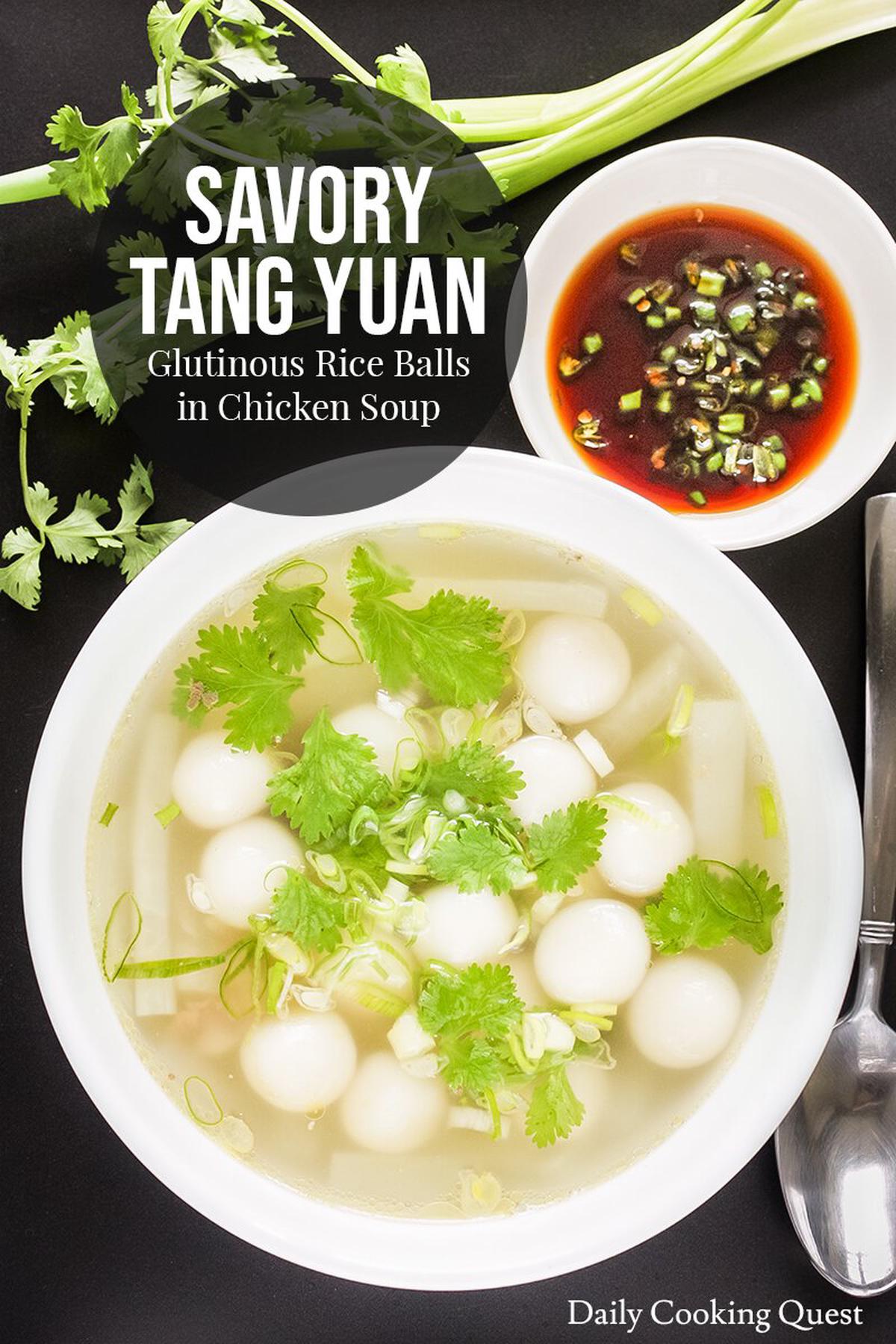
How to shape tang yuan
To prepare for tang yuan, you will need some glutinous rice flour. Combine the flour with just enough water until the dough has a consistency of play dough. If you have never played with play dough before, don’t worry, you can always compare with your ear lobe. Once the dough has the proper texture, you can start rolling them into balls with your hand. Place the balls on a dampened towel cloth. If you are making a big batch, you will want to cover the balls with another dampened towel cloth since they do tend to dry up.
How to store tang yuan
If you don’t plan to cook the tang yuan right away, you can arrange them on a baking sheet (no touching between the balls), and place in the freezer until frozen. Once they are frozen, you can store the whole lot in a freezer bag. When you want to cook them, simply drop in boiling water in their frozen state.
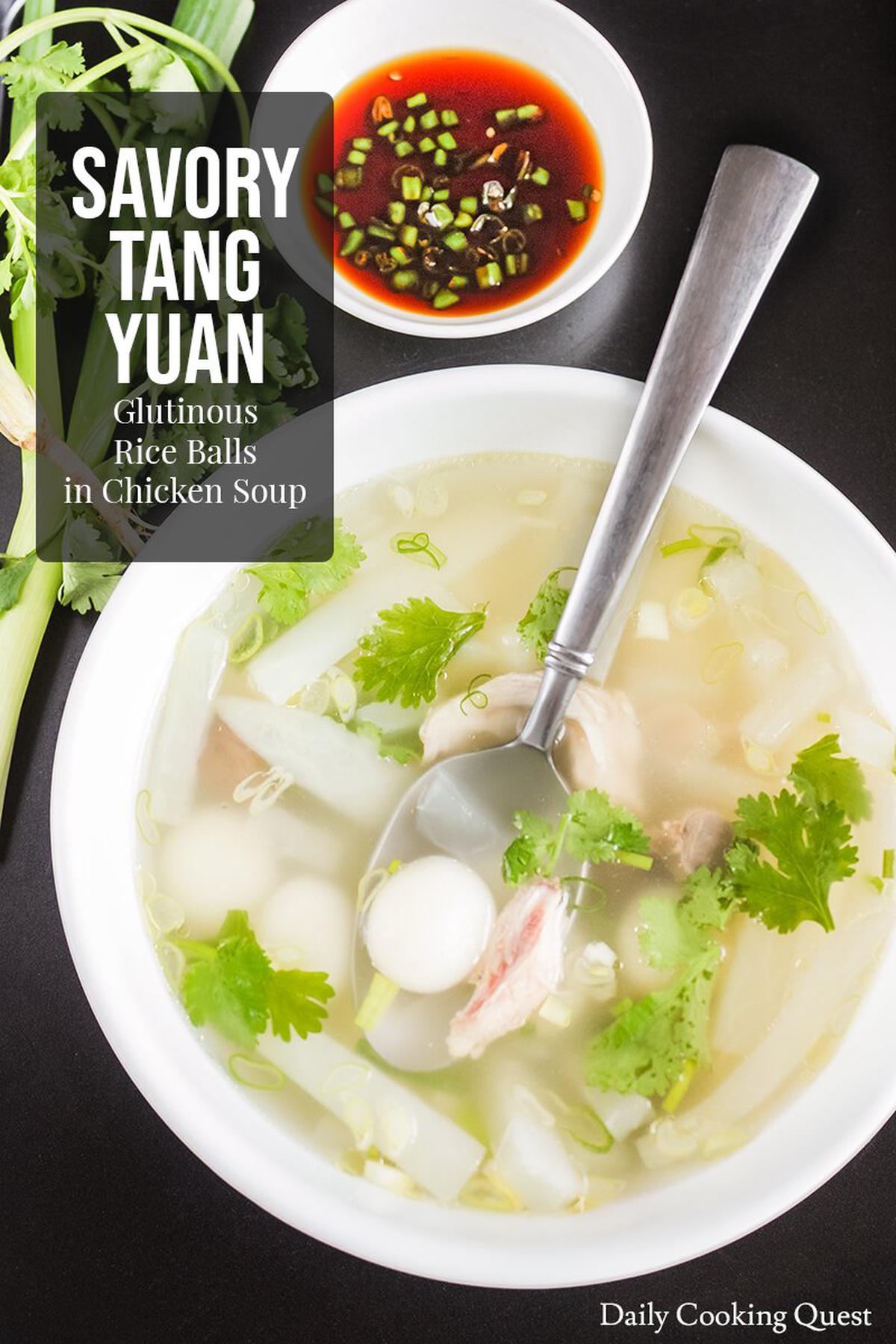
How to cook tang yuan
Cooking tang yuan is very easy. Just boil water in a pot, then drop tang yuan into the boiling water and cook until they float, usually around 5 minutes (and longer for frozen tang yuan). Once they have floated for 1 minute, scoop them up and place in a bowl of cold water (this will keep them springy). If they are to be consumed immediately, just drop them into the soup.
Savory Tang Yuan - Glutinous Rice Balls in Chicken Soup
Ingredients
- Chicken soup
- 1 free-range chicken (Indonesian: ayam kampung), cut into 8 pieces
- 1 big daikon (Indonesian: lobak), about 700 to 800 gram, peeled and cut into match sticks
- 2 inch ginger (Indonesian: jahe), peeled and bruised
- 2 scallions (Indonesian: daun bawang)
- 1 tablespoon salt, or to taste
- 1 teaspoon sugar, or to taste
- 1 teaspoon ground pepper, or to taste
- Tang yuan (glutinous rice balls)
- 100 gram glutinous rice flour (Indonesian: tepung ketan)
- 80 - 100 ml water
- Garnish
- 1 scallion (Indonesian: daun bawang), cut into thin slices
- 1 bunch of fresh cilantro/coriander leaves (Indonesian: daun ketumbar), separate the leaves from the stems, thinly sliced the stems
- Chili sauce (combine the following ingredients)
- 4 tablespoon soy sauce (Indonesian: kecap asin)
- 2 to 4 green bird-eye chilies (Indonesian: cabe rawit hijau), seeded and thinly sliced
Instructions
- Chicken soup
- Place all ingredients in a pot and bring to a boil. Reduce heat and simmer for 45 minutes to 1 hour until chicken and daikon are cooked and tender.
- Turn off heat and divide into four serving bowls.
- Tang yuan
- Place glutinous rice flour in a mixing bowl. Pour water in batches and knead with your hands until the dough come together into a play dough like consistency. Divide the dough into 40 portions.
- Gently roll each portion into a round ball. You may want to cover the rice balls with a dampen towel to prevent them from drying.
- Bring a pot of water to boil. Gently drop the rice balls into the boiling water and cook until they float to the surface. Once they float for about 1 minute, remove with a slotted spoon and place 10 rice balls into each of the bowl of chicken soup. Serve immediately with the garnish and chili sauce.


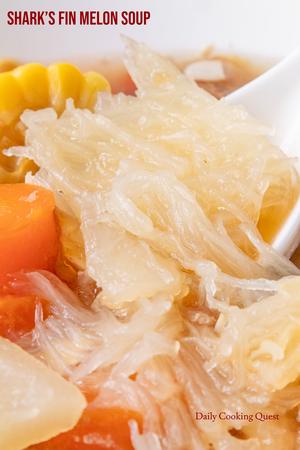
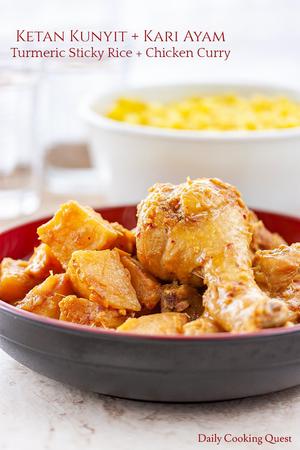
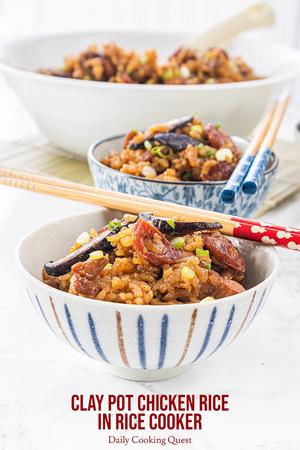
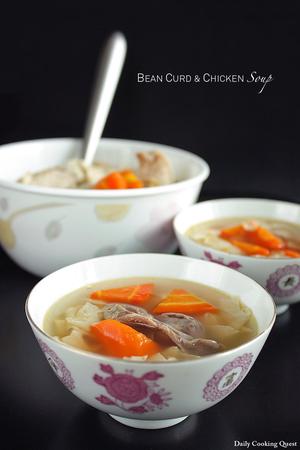
Comments
What a great idea! I confess I was a bit disappointed that the little dumplings didn't have any filling. I was imagining something with chopped peanuts and perhaps some preserved radish. Thank you for a great recipe.
Hi Patty, yes this savory version is typically plain, but I think preserved radish sounds delicious and should work too for savory version. For sweet version, maybe give wedang ronde a try :)
My parent makes this pork or chicken soup with turnips and mushroom napa cabbage and tong yuan.
That sounds like a delicious combination :)
My parents makes this savory Tong Yuan with napa cabbage , mushroom with chicken soup . Do you have the sweet Tong Yuan recipe? Do you use sweet rice flour for the Tong Yuan?
Hi Suzanne, I have several sweet versions:
- wedang ronde
- wedang ronde pandan
- kabocha tang yuan and sago in pandan coconut milk
I use glutinous rice flour (sticky rice flour) for my tang yuan. I think it should be the same as sweet rice flour.
Can I roll the huan the night before and cook the next day?
Hi Rita, sure. They can even be frozen if you wish.
I'd been oogling this recipe for some time- the little balls look so cute! I'm also partial to savory rice cake soups, like Korean ddeok-guk. They can be a bit starchy to the typical American palate, but in this dish, they're a charming texture to complement the soup. It's also super easy, and as long as you can get your hands on the glutinous rice flour, you've got a great alternative to chicken noodle soup to fight a cold or a blustery day.
Now, I had to make a good deal of modification to suit my circumstance, and kept track best I could to share it with others who might shy away from cooking a whole chicken. I didn't see how much water went into the soup part- I assume it would be enough to cover? Also I wasn't sure if I would be able to cook the tang yuan in the actual chicken broth or not. I cooked separately just to be sure, but I want to clarify because it would save me from another pot to wash, lol.
For the soup I used:
1 chicken breast, cut in half to cook fast
Daikon piece ~2 inch thick and cut to matchsticks
2 green onions, sliced
1 inch ginger
1 tsp salt (it was pretty light on the salt, but the chilis and kecap manis at the end didn't make me miss it.)
1/2 tsp sugar
1/4 tsp pepper (Overkill actually, since I used a super-finely ground type, but I like pepper)
1/8 tsp Ajinomoto (Breast meat is so sad and I love MSG hahahah.)
Handful of celery leaves (I had no cilantro- the biggest tragedy. I still wanted that "look" though, and it looks like celery in the photo)
c. water (I used 5, but I like broth so I added more at the end.)
This all fit in a medium soup pot since I was angling for something like 4 servings for myself. I cooked for just 30 minutes and by then I was able to use a fork to shred the meat right in the pot.
As for the tang yuan, I used 1/2 c. glutinous rice flour and approx 1/4 c. water, but I had to add a little back and forth to get that "play-dough" texture and made balls about the size of a peanut M&Ms. I got maybe 1 1/2 c. of little balls after boiling which was enough for my first run. I feel more confident about the process and the taste now, so I'm happy that I can control the proportion.
I'm not sure if this would have the same flavor profile (Since it wasn't a true halved-recipe, as well missing the depth from chicken bones) but I hope I managed to honor the original with my somewhat limited pantry~
Easy and good!
Leave a comment